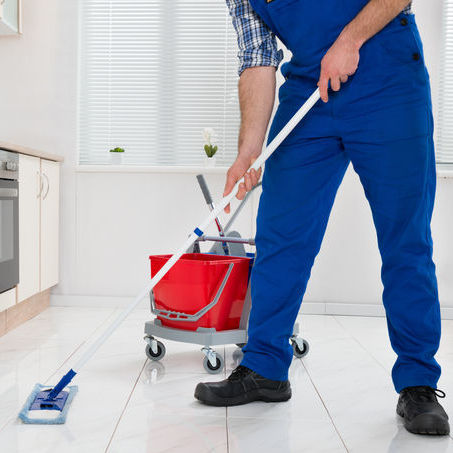Stationary Container Labeling
For fixed stationary containers, employers may use signs, placards, process sheets, batch tickets or operating procedures instead of affixing labels to each container. These alternatives must clearly specify which containers they are applicable to and convey the information required by 1910.1200(f)(6). The employer must ensure that the written material (e.g., batch sheets) are readily available to each employee in the work area during their work shift.
Portable Container Labeling
Portable containers are used to transfer hazardous chemicals from labeled containers, and are intended only for the immediate use of the employee who performs the transfer. The employer is not required to label portable containers
Portable containers must be under the "positive control" of the employee using it. If the employee leaves the container unattended and loses control of the chemical, it must be labeled as a workplace (secondary) container.
Drugs which are dispensed by a pharmacy to a health care provider for direct administration to a patient are exempted from labeling.

Solid Materials Labeling
For solid metal (such as a steel beam or a metal casting), solid wood, or plastic items that are not exempted as articles due to their downstream use, or shipments of whole grain, the required label may be transmitted to the customer at the time of the initial shipment, and need not be included with subsequent shipments to the same employer unless the information on the label changes.
For example, treated lumber is covered since the lumber is not completely cured at the time of shipment and the hazardous chemical will, to a varying degree, offgas during shipment and be available for exposure to employees. Railroad ties treated with creosote should have an accompanying safety data sheet (SDS) when shipped.

Knowledge Check Choose the best answer for the question.
1-9. What container category is used to transfer hazardous chemicals from labeled containers, and is intended only for the immediate use?
You forgot to answer the question!
